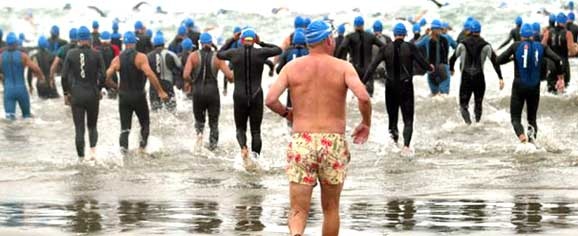
About half of the annual sales of consumer electronics products will come between now and the end of the year, so manufacturers are feverishly trying to get their new products in front of consumers. Fitness applications, particularly ones built around smart phones, are getting an increasing amount of attention as the holiday selling season builds.
There’s no question that mobile phones are part of the standard kit for athletes (although hopefully not during races). Someone doing a workout can listen to music, track progress and speed, do real time analysis of heart rate, stride length and/or power output, and look at a map all at once. And take phone calls, check emails and get a weather report. All with one easy to carry device.
Mobile fitness apps are very much tied to the sensors available on a device. GPS, accelerometers, gyros, thermometers and cameras included. Although the iPhone and iOS are more restrictive in terms of accessing hardware functions, it is a very consistent development environment, including interfaces for connecting peripheral sensors – a watt meter, say, or a heart rate monitor or the output from a piece of gym equipment – and downloading the data to a computer or the cloud.
Android is more open, but also more heterogeneous, so developers have to solve more problems and users will have a less seamless experience. Both platforms have Bluetooth, for example, but data transfer protocols – uploading external sensor data or downloading it all to a computer or the cloud – depend to a certain extent on hardware, and Apple’s vertically integrated approach makes it more reliable.
“Just works” is the key, and that’s easier to achieve on the iPhone. Most athletes don’t want to fiddle with the electronics. That gives the Apple platform an edge in the mass market. On the other hand, there’s more latitude to develop something genuinely innovative (and cheaper) on the Android platform.
Apple has a lead in the holiday sales race, but Samsung and other Android device makers are likely to have a better kick on the final lap.
